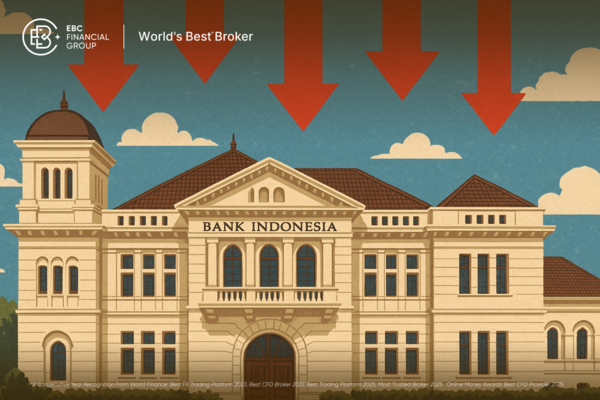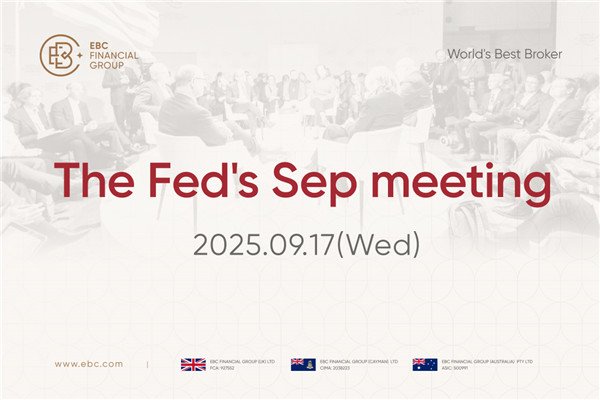Which is better to increase positions along the trend or against the trend? Many friends may think that it is better to increase positions in a favorable situation, is that really the case? I believe some friends may raise doubts. Today, let's take a look at which is better to increase positions along the trend or against the trend? Under what circumstances is it applied?

There are two situations for adding positions: one is to add positions against the trend, and the other is to add positions along the trend.
Taking advantage of market trends to increase positions refers to gradually increasing positions and following market trends. This strategy believes that market trends are ongoing, so adding positions will increase the opportunity for profitability.
The situation of adding positions against the trend is like this: for example, when the current market is in a downward trend and the trader makes a loss by taking a long position, the trader does not stop the loss in a timely manner, but instead has confidence in their own judgment. They think to themselves: why not buy at a low point and buy long at a low point? When the market reverses, I will earn back and adopt the behavior of adding positions and carrying orders. This way, as more orders are made and the downward trend continues, there is a risk of selling out. Therefore, adding positions against the trend is a very dangerous behavior.Adding positions to the trend is actually taking advantage of the situation, which is a correct trading choice for investors.
For example, if the current market is in an upward trend, and a trader makes a profit on a long order, and confirms that the market will continue to rise, they will increase their positions in pursuit of greater profits.So, adding positions is a "double-edged sword". If used well, it can benefit Gali, but if misused, it can harm oneself. Therefore, when conducting position adding operations, we must pay attention to the following points: we must resolutely eliminate the erroneous operation of adding positions against the trend. Against the market, it is always oneself who suffers losses. If the trend is clear, one should stick to one's own judgment and not rush to close positions. Adding positions is a trading technique, a tool for making orders, not the ultimate goal of traders. Only when the behavior of adding positions can help traders obtain certain returns and control risks well, it is of operational value.When the judgment of the trend is correct, it is necessary to take additional positions at key points.
No matter what indicator is used, the most important thing is still money management, and the core of money management is the starting position and position addition.
Both favorable and unfavorable positions have their advantages and disadvantages, and which one is better depends on your personal preferences and market conditions.
Taking advantage of the trend and increasing positions is suitable for use when the market trend is obvious, as it can allow you to obtain higher returns in a steadily rising market. However, when the market experiences a significant decline, it may suffer even greater losses.
The counter trend position adding is applicable to the situation where the market price fluctuates greatly, because it can enable you to obtain higher returns when the market price rebounds. However, as the market continues to decline, it may suffer even greater losses.
Therefore, whether to increase your position along the trend or against it depends on your judgment of the market and risk tolerance. No matter which strategy is chosen, strict risk control and fund management are required.
There is a certain difference between adding positions along the trend and adding positions against the trend:
1. Taking advantage of the trend to increase positions generally refers to the situation where an investor buys a stock and the stock rises, and the investor buys some more; Countertrend overweight refers to the behavior of investors buying some stocks when the stock price drops after purchasing them.
2. Taking advantage of the situation to increase positions refers to investors obtaining greater returns by increasing their holdings, but it will increase the cost of holding stocks for investors; Opposing the trend and increasing positions refers to investors diluting the cost of holding by increasing their holdings.
3. When adding positions at the same time, the technical indicators referred to are also somewhat different. During the process of adding positions along the trend, investors may increase their positions when the stock price continues to rise and breaks through the pressure level above; During the process of adding positions against the trend, investors may increase their positions when the stock price continues to decline and is supported by the lower support position.
Obviously, there are similarities between adding positions against the trend and adding positions along the trend, but the risk of adding positions along the trend is much smaller than that of adding positions against the trend. To increase positions against the trend, the more you move in the opposite direction, the more you need to increase positions. And we need to double our holdings so that even if we go in the wrong direction and make a small pullback, we can achieve profitability. It is not ruled out that there has been a continuous unilateral market trend, so adding positions against the trend will inevitably lead to death, and selling out positions is inevitable. Adding positions in a favorable situation is based on profitability, so the more you move in the right direction, the more you need to add positions. The advantage is that your psychological resilience does not need to be so great.
【 EBC Platform Risk Reminder and Disclaimer 】: There are risks in the market, and investment needs to be cautious. This article does not constitute investment advice.




















